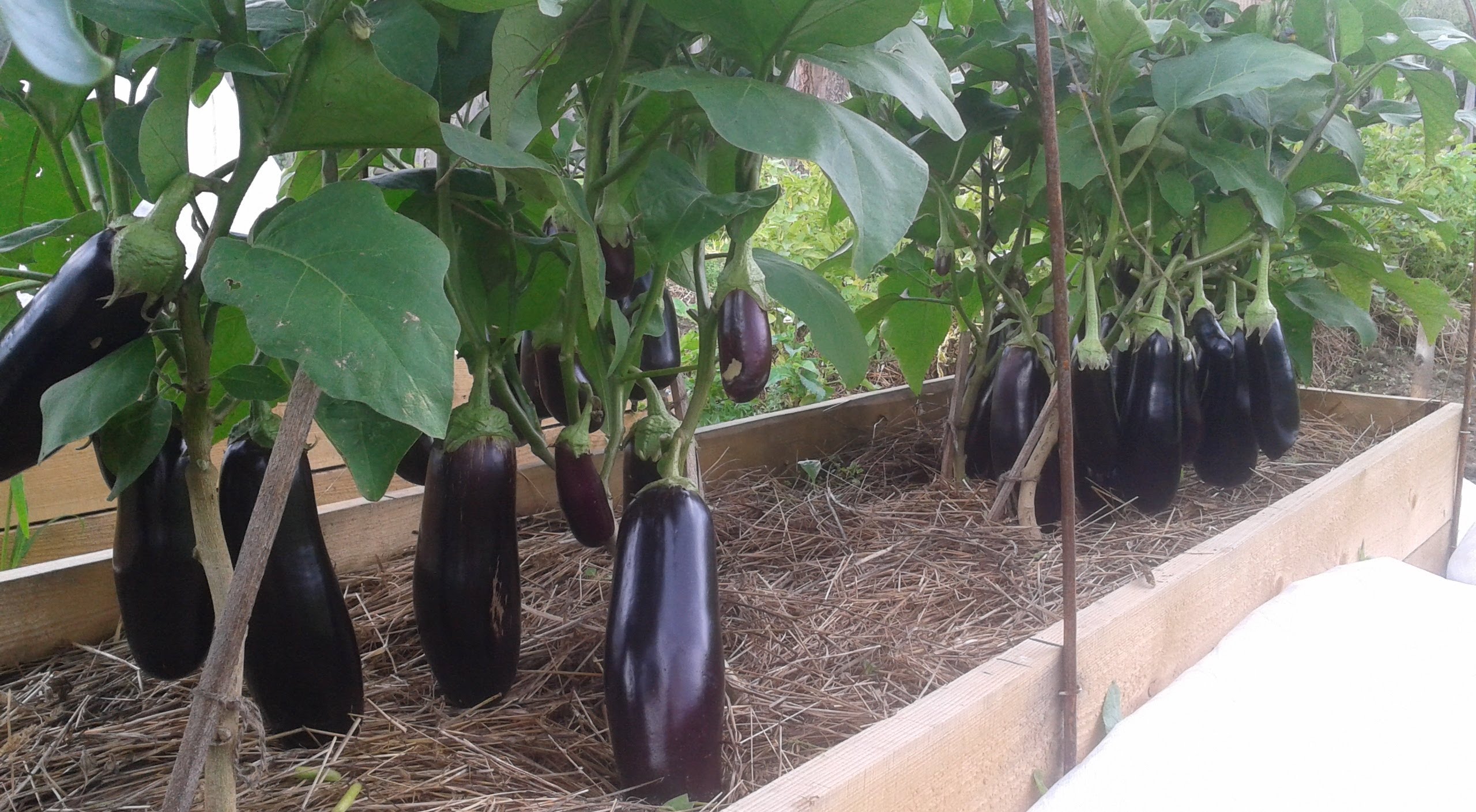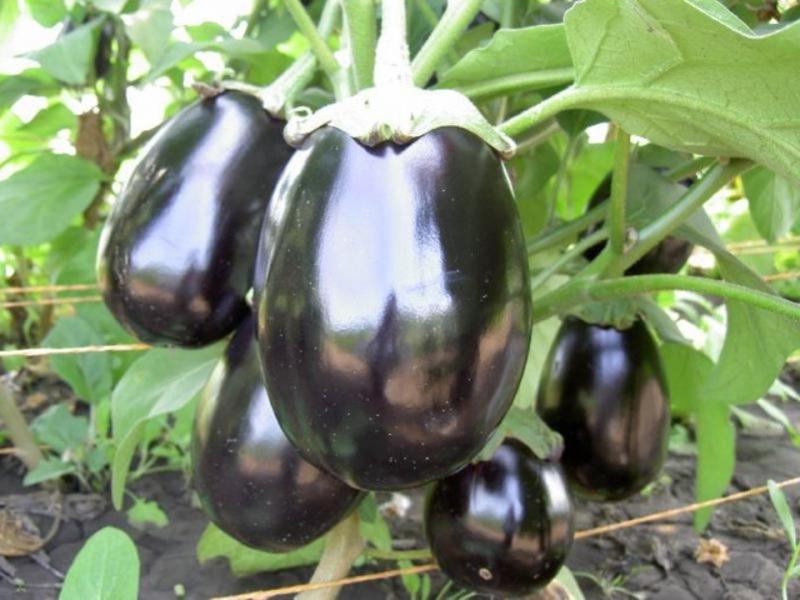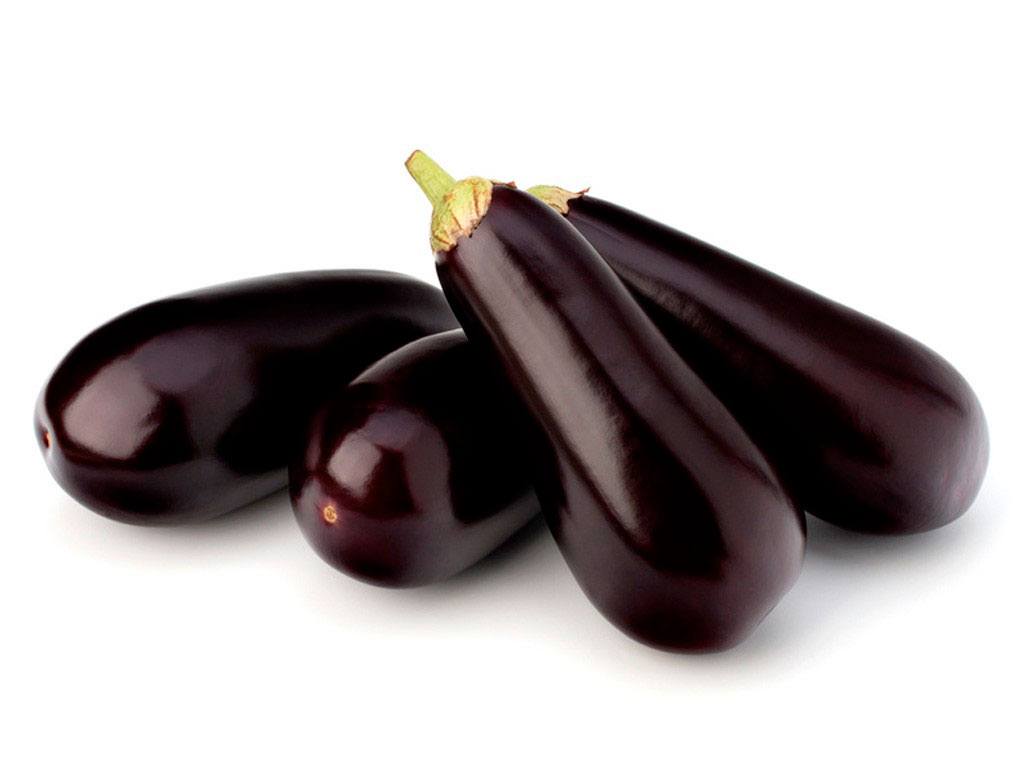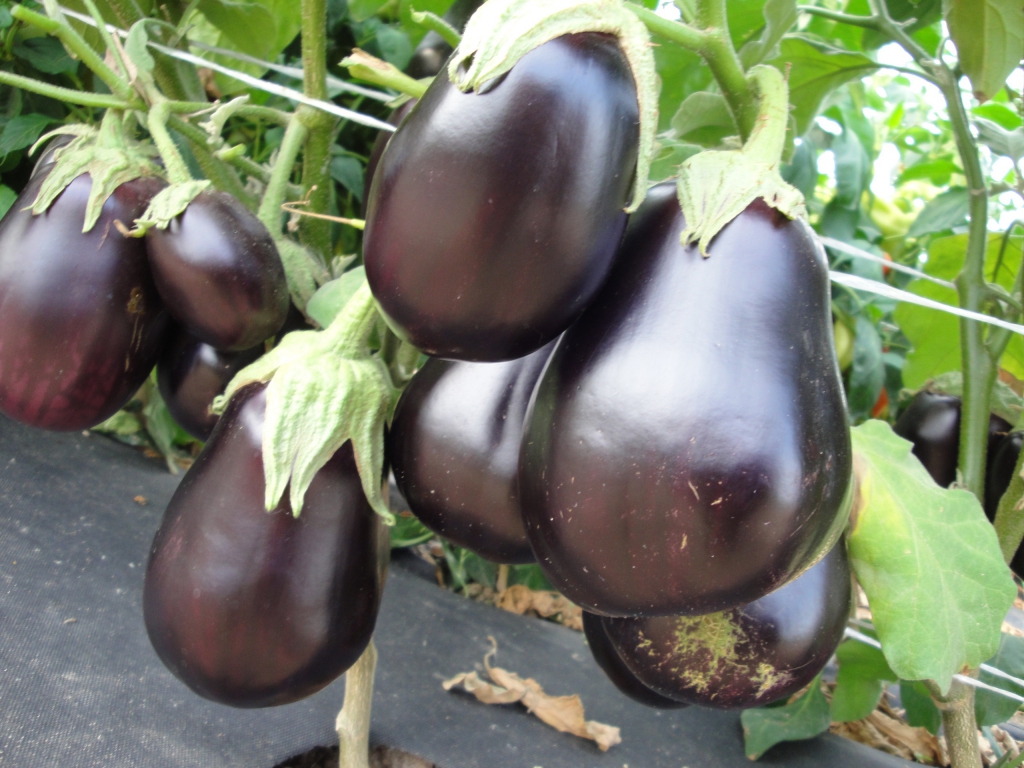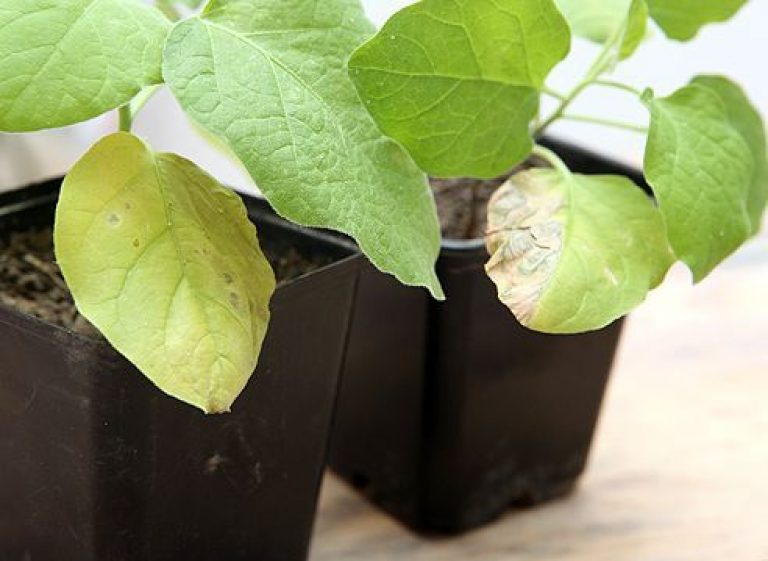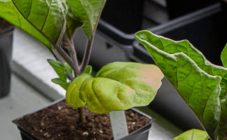Content:
Eggplant is a perennial crop, a close relative of potatoes and peppers. Many are interested in which family the eggplant belongs to. The Solanaceae family is represented not only by various types of grasses and creepers, but also by "blue" ones. A few centuries ago, this vegetable caused surprise for its overseas origin. Today it is so widespread in our country that it is grown in almost every summer cottage. Many tasty and healthy dishes can be prepared from the fruits - caviar, sauté and amazing Greek moussaka.
About eggplant: description and history
The homeland of eggplant is Southeast Asia, so it is sensitive and picky about climatic conditions: it loves a tropical and hot subtropical climate. Fruit weight can vary from 30 g to 2 kg.
What does an eggplant look like? There are a huge number of varieties that are similar to each other exclusively in pulp. It has a peculiar non-berry flavor, small seeds and a dense structure of a dicotyledonous form. The color can be not only dark purple, but also brown, yellow, black and even white. The shape can also be quite diverse - spherical, pear-shaped and cylindrical. If you press the fruit with your fingers, then traces will remain on the peel.
To get a presentation, gardeners need to work hard. This is due to the capriciousness of the eggplant plant and its weak resistance to various diseases and pest attacks.
Culture characteristic: useful properties and contraindications
Eggplant contains fats, proteins and carbohydrates. The latter are presented in the form of polysaccharides (fiber, pectin compounds and starch), oligosaccharides (sucrose) and glucose, fructose. The fruits have a high concentration of mineral salts: aluminum, phosphorus, iron, calcium, magnesium and manganese. It is also noteworthy that the vegetable contains organic acids and tannins, and is also rich in vitamins. The content of ascorbic acid (vitamin C) may vary depending on the variety and growing area.
How are eggplants useful? Eggplant fruits are introduced to prevent many diseases and strengthen the immune system. For example, the berry is effective in the fight against atherosclerosis, helps with problems with bowel movements (the fiber, which is part of the composition, stimulates the intestines). Doctors strongly recommend introducing eggplant into the diet of women who are prone to the formation of tumors and kidney disease.
- In the complex treatment of diseases associated with a violation of mineral metabolism in the body (gallstone or kidney stone pathology, polyarthritis and gout), eggplants are valuable because they accelerate the process of excretion of uric acid salts.
- Stewed eggplant raises vitality and emotional state. Indicated for use in chronic fatigue syndrome and nervous exhaustion.
- Eggplant contains manganese, copper and iron, which stimulate blood circulation and relieve general fatigue.It is recommended to introduce people with diagnosed anemia into the diet.
- Eggplant has anti-cancer and anti-mutagenic properties.
- Freshly squeezed eggplant juice not only lowers blood cholesterol concentration, but also improves blood flow.
This type of culture has a unique chemical composition, which has a beneficial effect on the state of the body of men and women. It is especially recommended to enrich the diet of a pregnant woman, since the body is most vulnerable during pregnancy.
Harmful properties of eggplant fruits
Eggplant contains oxalates. It has been found that too much of this substance in human blood is capable of crystallization, which causes health problems. For this reason, this vegetable berry is contraindicated for people with pre-existing kidney and gallbladder problems.
In addition, numerous laboratory studies have shown that oxalates interfere with calcium absorption. However, the ability to reduce digestibility is small if a person has healthy digestive organs, and eggplant fruits are not capable of harming health.
How the culture is planted
It is very difficult to grow eggplant fruits; this is a real test of the gardener's strength. Eggplant has a long growing season (in early maturing varieties, it can take more than 100 days from germination to flowering). It is necessary to sow seeds for seedlings already at the beginning of February.
The eggplant family is even more thermophilic than peppers and tomatoes. On the territory of Russia, with the exception of the southern regions, they can only be grown by seedlings under film and in greenhouses. It is recommended to give preference to the southern slopes, which are well heated by the sun and protected from drafts. Plants thrive on fertile loamy and sandy loamy soils, which are fertilized with humus. Many summer residents plant seedlings on soil with neutral acidity, but the vegetable can also tolerate slightly increased ones. Peat bog and peat acidic soils are completely unsuitable for it, since the culture is demanding on moisture and lighting.
Soil preparation
Eggplant needs warm, loose and nutritious soil. Only in this case will the eggplant root system grow evenly in all directions and deepen, which will allow large yields to be collected at the end of the growing season.
Before planting eggplant seedlings, you need to add rotted sawdust, sand, humus and peat to the soil.
Growing seedlings
Eggplant germinates longer than tomatoes, the duration is 9-10 days. It grows rather slowly. During the seedling period, plants need to be watered once every 3-4 days and with exceptionally warm water. Containers with young eggplants should not be placed close to windows. The potting soil should be loosened regularly and gently. When picking, the seedlings are deepened by 7 mm. You can plant in the garden 70-80 days after sowing the seeds, if weather conditions permit.
Before planting in the ground, when the first buds appear, the main thing is to prevent overdrying the soil, and on the eve of sending to a permanent place - water abundantly. When planting and diving, you need to be as careful as possible in order to maintain the integrity of the root system. Of course, in greenhouse conditions, gardeners will harvest the first eggplant harvest earlier.
The plant is often affected by root rot. Symptoms of fusarium wilting are foliage falling and browning. In this case, to combat the problem, it is recommended to use special preparations and feed the soil with complex fertilizers on a mineral or organic basis. For the entire period, 2 additional dressings will be enough.
Planting seedlings
Of course, each variety has its own individual characteristics, but in general, the algorithm for planting plants in a greenhouse and open ground is the same. First of all, you need to level the beds, then dig holes, the depth of each should not exceed 20 cm. Then, about 2 liters of a weak solution of potassium permanganate are poured into each hole. When grown in peat pots, the seedlings are planted in open soil with it. At the final stage, you need to compact the soil under the bush and pour abundantly with warm water.
Care features
The first hilling and loosening should be carried out strictly after the second watering. If the eggplants are watered once a week, then the soil must be loosened shallowly.
Root overgrowth must be removed in a timely manner, since it slows down growth and absorbs many nutrients. It is equally important to remove unnecessary flowers. When "blue" begins to bloom, it is recommended to leave the largest and most developed flowers. Otherwise, a sprawling bush with small fruits and large shoots will grow.
Like their tomato counterparts, stepchildren are removed from all varieties of eggplant. They grow rapidly and can catch up with the main stem in growth, which will significantly slow down the formation of fruits.
The bush grows not in one stem, but 2-3, so some gardeners tie the plant to pegs.
During the growing season, eggplant bushes require constant monitoring and regular removal:
- yellowed leaves;
- deformed fruits;
- infertile shoots.
Prevention of diseases and pests
Eggplant often suffers from attacks by the Colorado potato beetle. When growing crops under a film or in greenhouses, there is no need to treat plants with chemical preparations, since before the mass spread of the beetle, the fruits will already have time to form. In addition, unprocessed fruits appear earlier, their color is rich and beautiful.
To protect eggplant in open soil, you can use biological products, many of which are quickly washed off with water. It is better not to buy drugs such as prestige at all, since their composition is very aggressive, it is better not to eat vegetables and fruits after such processing at all. Spraying with pesticides also cannot always provide a good result, after which the eggplants often turn black and the flowers dry out.
Consider the main diseases of eggplant:
- Late blight is a fungal pathology that is spread by strains of fungi that live in the ground. The provoking factor for the development of the disease is excessive moisture. Late blight does not develop in warm sunny weather and dry air. When damaged, the lower leaves of the bush are covered with brown spots.
- Blackleg is a fungal disease that develops as a result of abundant watering. Symptoms of the disease: the root collar darkens, due to damage to the root system, the bushes dry up and die. This pathology can be prevented if you monitor the regularity and abundance of watering.
- Mosaic is a disease with which a plant is most often infected during a pick. Signs of the disease are uneven spotting on the leaves, which after a while begin to wrinkle and fall off. Infected fruits are irregular and often small in size. May be carried by insects.
The main prevention is the treatment of seeds before planting with a saturated solution of potassium permanganate. Before planting, the soil should also be disinfected, for example, with copper sulfate.
Growing and harvesting
The duration of eggplant ripening depends on favorable summer weather conditions. As a rule, the first fruits are harvested in mid-August and finished before the onset of the first frost. With good care, "blue" ones begin to bear fruit 25-30 days after the start of flowering.
In order for the eggplants to ripen evenly, they need to be picked regularly at intervals of no more than 5 days.It is impossible to delay the harvest, otherwise the berries will lose their quality and turn white. It is recommended to remove them while still firm. After lying down for about a week, they will become softer. It is better not to tear off the eggplants, but to cut them with a secateurs or a knife.
It is not easy to grow eggplants, but if a gardener manages to reap a rich harvest, he can be proud of himself and pamper his family with delicious dishes!

